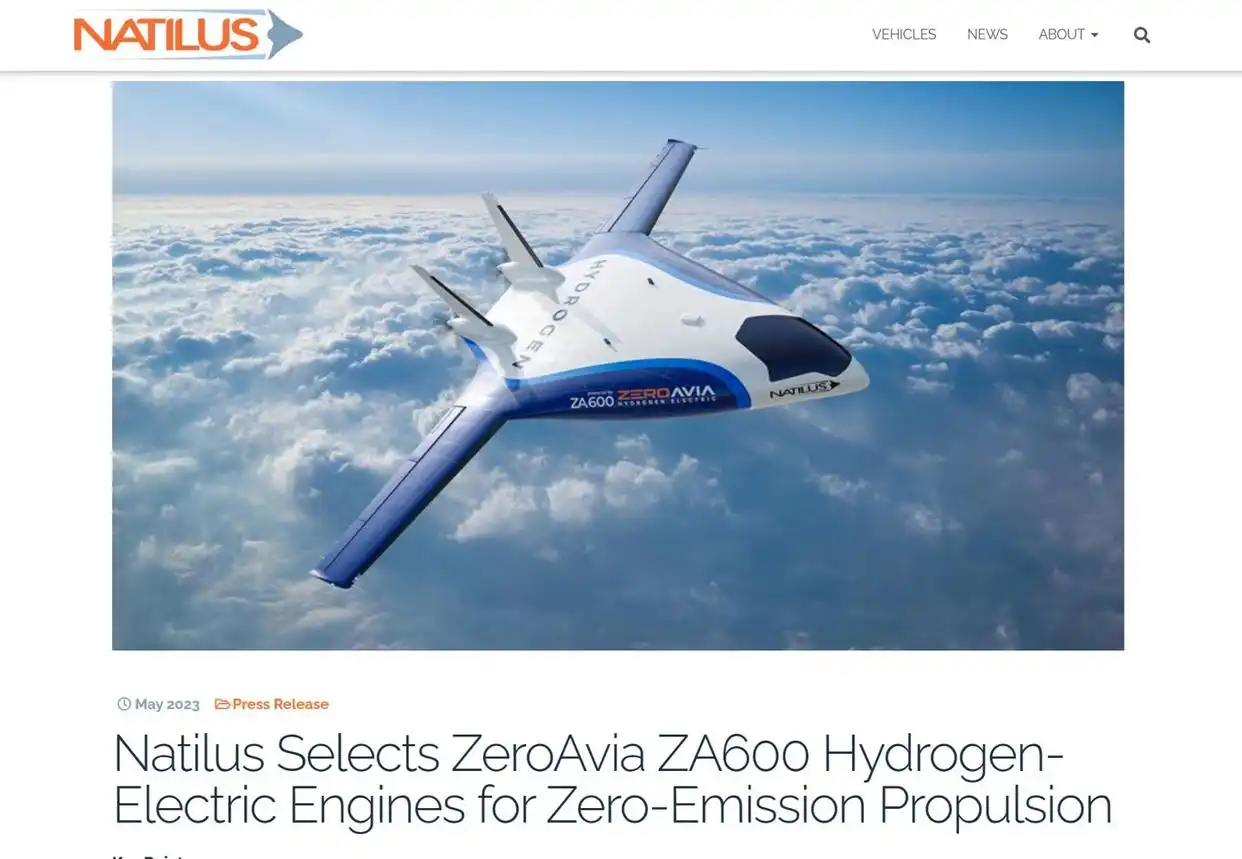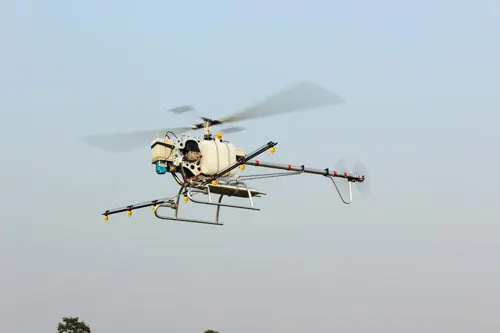
Recently, Natilus' wing body fusion "Kona" cargo aircraft prototype is undergoing quarter scale model testing in California.
According to official reports, the Kona is currently being built in full size and is planned to become the world's largest commercial drone. Its wingspan is 85 feet (26 meters) and it is designed to take off on runways as short as 800 meters. With a fuel engine, it can carry a payload of 3.8 tons and has a range of up to 1035 miles (1667 kilometers). It is expected to start flying in 2024.
Natilus claims that the aircraft, with its enormous internal capacity and lift generating fuselage shape, can fundamentally reduce the cost of short haul cargo flights, carrying 60% more cargo than traditional aircraft of the same size, thereby reducing the cost and cargo emissions per pound by about half.
As Zeroavia joins the Kona aircraft development program, an additional zero emission version will be added to the Kona aircraft. As part of the collaboration, Zeroavia will provide a hydrogen electric power system called "ZA-600" (IT Home note: referring to a power system of 600 kW).
For clean flight, aircraft using hydrogen powered systems are relatively lighter compared to current "pure electric drive" aircraft, but the hydrogen powered systems they carry mean they take up more space, making them more suitable for aircraft with wing body fusion and "greater utilization space".
Zeroavia has previously installed this power system on one side of a 19 seater Dornier 228 aircraft for testing, which is currently the largest hydrogen powered aircraft to take off for the first time. Zeroavia claims its goal is to obtain certification and provide power for clean commercial flights by 2025.




